The British Monarchy’s involvement in the African Slave Trade
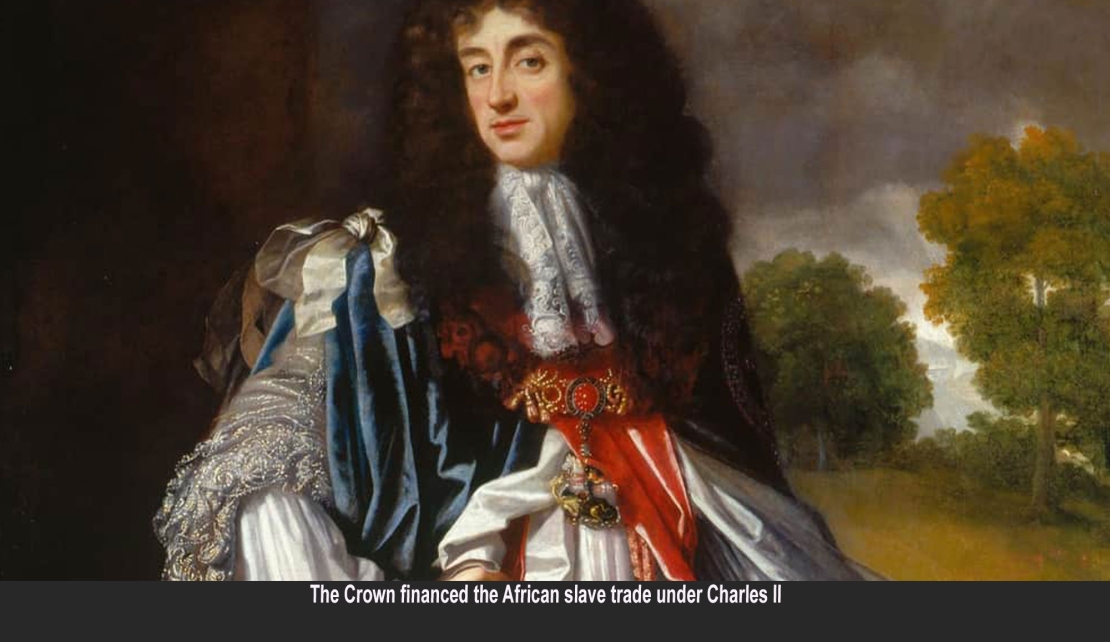
MONTEGO BAY, September 11, 2022 - The development of the United Kingdom and the United States of America, would probably not have become quite the lavish economic and military establishment they now boast, were it not for the trans-atlantic trade in black people from Africa and the forced labour they provided in the building and maintenance of these empires.
The death of Queen Elizabeth after 70 years on the throne, has again offerred an opportunity for us to examine the role of the monarchy in the promotion and development of the Trans-Atlantic slave trade.
It is said that the entire history of the slave trade Between 1525 and 1866, saw some 12.5 million Africans being captured and forcibly shipped to the Americas.
According to the Trans-Atlantic Slave Trade Database, only 10.7 million captured Africans survived the dreaded Middle Passage and were sold as chattel slaves in North America, the Caribbean and South America.
 It is interesting to note that despite various efforts to sanitize the Crown’s relationship with the Trans Atlantic Slave Trade, there is no doubt that the Monarchy was complicit in its perpetuation, as the records show that the British Monarchy had interests in Three Slave trading Companies: The Royal Gambia Company, The Royal Adventurers Company and the Royal African Company.
It is interesting to note that despite various efforts to sanitize the Crown’s relationship with the Trans Atlantic Slave Trade, there is no doubt that the Monarchy was complicit in its perpetuation, as the records show that the British Monarchy had interests in Three Slave trading Companies: The Royal Gambia Company, The Royal Adventurers Company and the Royal African Company.
According to the publication, The Scotsman, "The restored Stuart dynasty saw slavery as a way to overtake the Dutch as the undisputed masters of the Atlantic Triangle. The Company of Royal Adventures was given a monopoly over most of the West Coast of Africa. This was to last 1000 years. Charles allowed the loan of several ships for the venture. For this Charles was given two thirds of all gold mines expropriated. This gave the Crown financial independence from Parliament."
The involvement of the British Monarchy in the slave trade began after the reinstatement of the Monarchy in the 1660s when King Charles II and his brother James, The Duke of York, helped to establish a company that would control all English business in Trans-Atlantic African slave trading.
The company was called the Royal African Company (RAC) and its symbol was an elephant with a castle on its back. The ships of the Company enjoyed the protection of the Royal Navy, and the traders made good profits. Many of the enslaved Africans were branded with the initials ‘DY’, signifying the “Duke of York.”
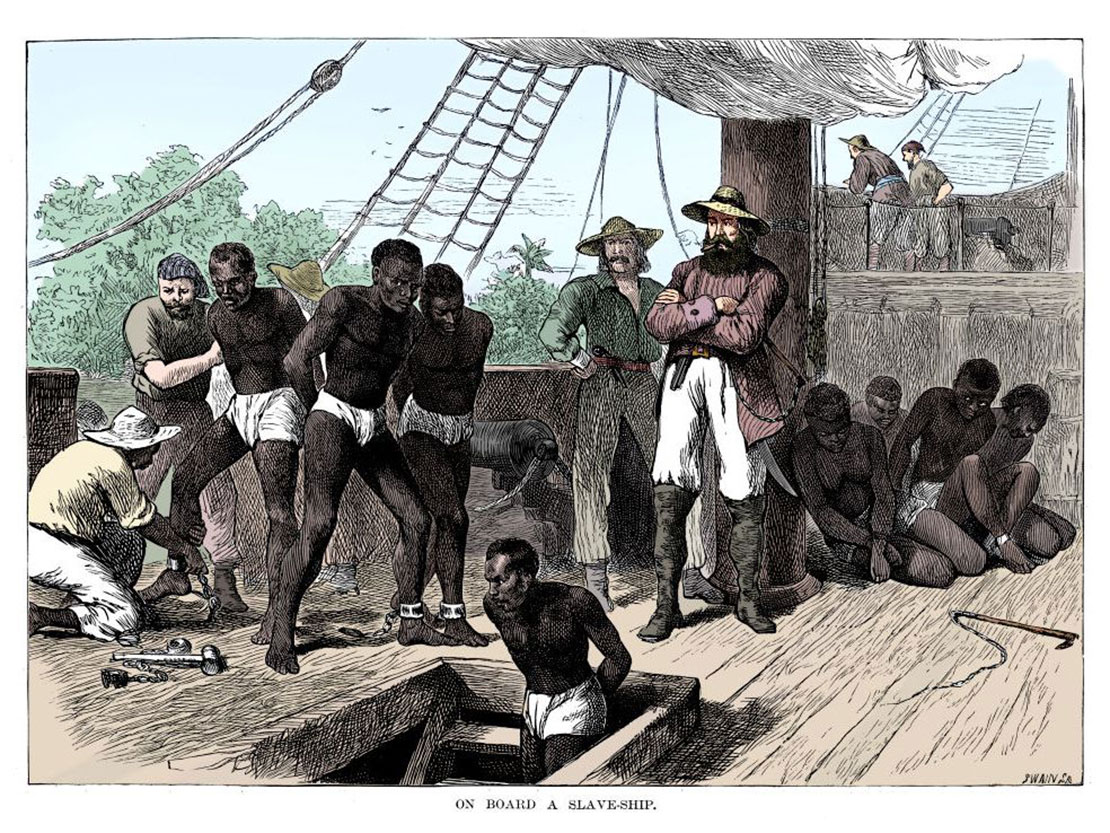 They were shipped to Barbados, Jamaica, and other Caribbean islands to work on the new sugar plantations, as well as further north to England’s American colonies. Between 1672 and 1713 the RAC transported some 100,000 enslaved Africans across the Atlantic.
They were shipped to Barbados, Jamaica, and other Caribbean islands to work on the new sugar plantations, as well as further north to England’s American colonies. Between 1672 and 1713 the RAC transported some 100,000 enslaved Africans across the Atlantic.
Of course, alongside the enslaved Africans to do the back breaking work on the plantations, were many poor English people who were imported to the colonies as indentured servants. Who worked for a fixed amount of time to pay off the debt of their journey from England.
The enslaved Africans however, were the property, or chattel, of their white plantation owners for life.
It is reported that the English trade in Africans was begun by the Pirate Sir John Hawkins, and his cousin the Pirate Francis Drake, who, on his first voyage to the Caribbean, stopped off near Sierra Leone in West Africa where his crew pirated a Portuguese ship filled with Africans on their way to be sold in Portugal, Spain and South America.
“Hawkins seized 300 enslaved Africans who were then sold to plantation owners in the Caribbean. The English had made their first foray into the trade in kidnapped Africans and by 1715 they would come to dominate it.”
So said Abdul Mohamud and Robin Whitburn in their article on “Britain’s involvement with New World slavery and the transatlantic slave trade.”
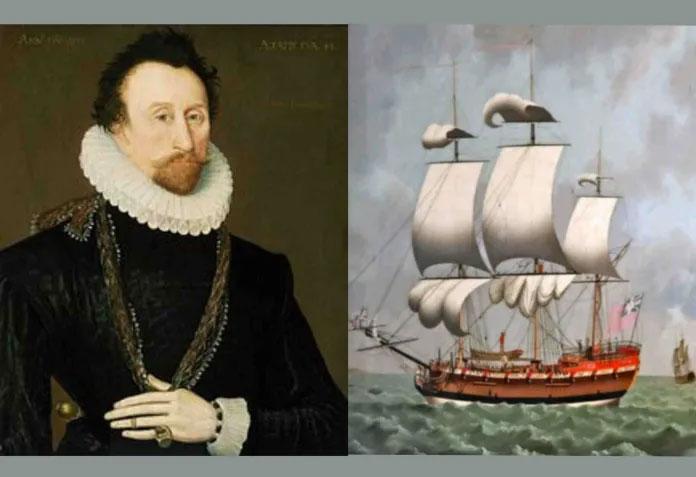
Twenty years after its purchase the ship, which was damaged in battle, was rented to the Pirate John Hawkins by Queen Elizabeth, who after its repair, became involved the vessel in the Atlantic slave trade, successfully organizing four voyages to West Africa and the West Indies between 1562 and 1568.
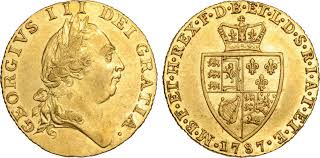
“Hawkins, who claimed to be a devout Christian and missionary, found the Sierra Leoneans harvesting their crops.He then proceeded to tell the natives of a God named Jesus and of heaven and hell. Afterwards he asked those among them who sought to have Jesus as their saviour to enter the “Jesus of Lubeck,” also known as “The Good Ship Jesus.”
Those who entered soon found they were barred from disembarking and were transported to Spanish plantations in the Americas. There Hawkins traded them for pearls, hides, and sugar,” when he landed in the Caribbean and the Americas.
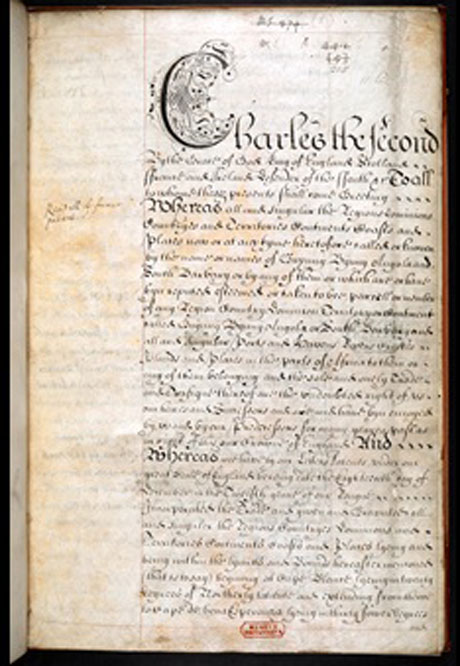
The coin was named for the country of Guinea in west Africa from which the trade in enslaved Africans from the Gold coast originated and Ivory from the Ivory coast, all situated on the shores of the 5000 miles stretch of the Gulf of Guinea, and which made England extremely Rich.
The Guinea which valued more than the British Pound at 21 shillings was the favourite currency of Lawyers whose fees were usually five guineas to take an average case.
Jamaica, in addition to the use of the Guinea currency had a number of Guinea related commodities. These included: Guinea Grass, Guinea Pig, Guinea Hen, Guinea Chic, Guinea weed and Guinea pea to this day. Yes. All came from back home!
It was also a strategic maneuver by England to consolidate the domination of world trade via the east India Company in opium from China, in cotton, indigo, saltpeter, spices, sugar, tea from Ceylon, etc., by pushing up the cost of production to its competitors in the western world particularly Cuba owned by Spain, Brazil owned by Portugal and United States of America now independent of England.
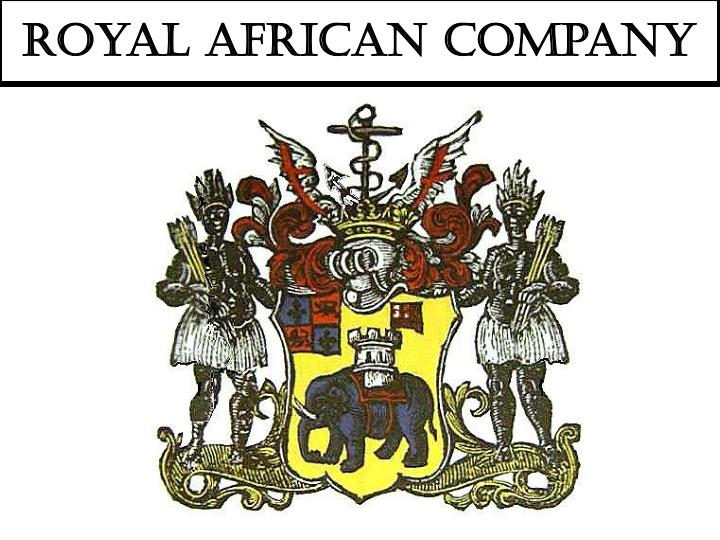
"The merchants, shipbuilders, metal manufacturers and sailors who directly furnished the slave trading expeditions were a major source of income and wealth for these port cities, and their economic activity would have had links with the prosperity of many thousands of people in support trades.
"The financial benefits of the trade extended to the stockholders of the Royal African Company, including the royal family. Indeed, when King James II lost the throne in the Glorious Revolution of 1688–89, he funded his exile in France by selling his stock in the RAC. Major fortunes were made by senior slave merchants.
"Edward Colston was one such slave trade magnate from Bristol, and he funded a wide range of charitable projects with his legacy, including schools and almshouses for the poor of the city. The priest who preached at his funeral in October 1721 would not have recognised the irony when he said that Colston ‘knew of no want, but that of more vessels wherein to deposit the overflowings of charity and beneficence."

 Ar
Ar  En
En